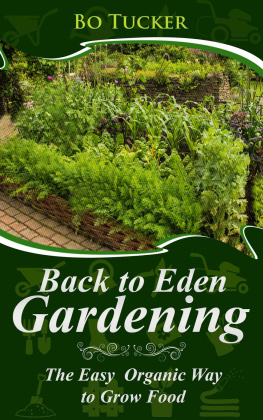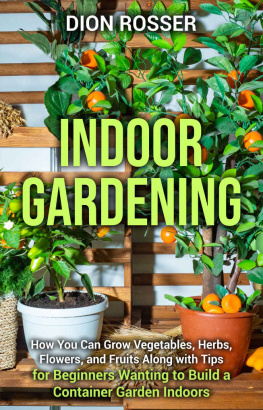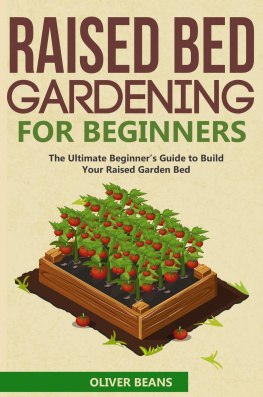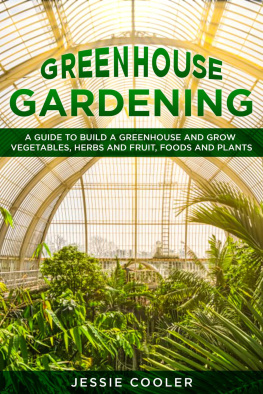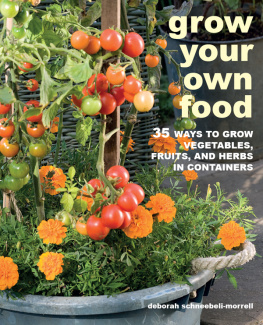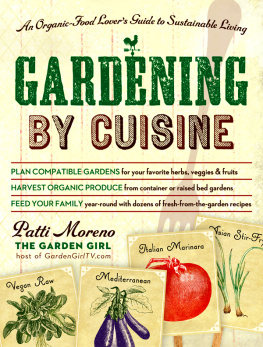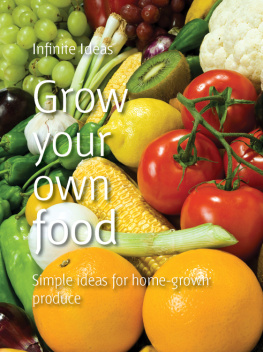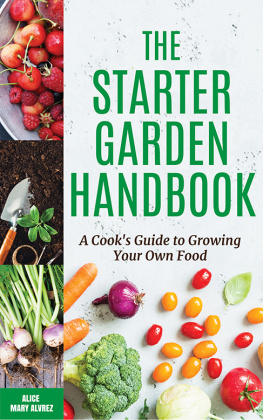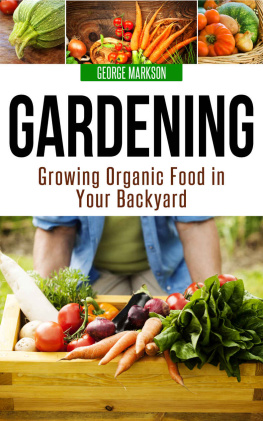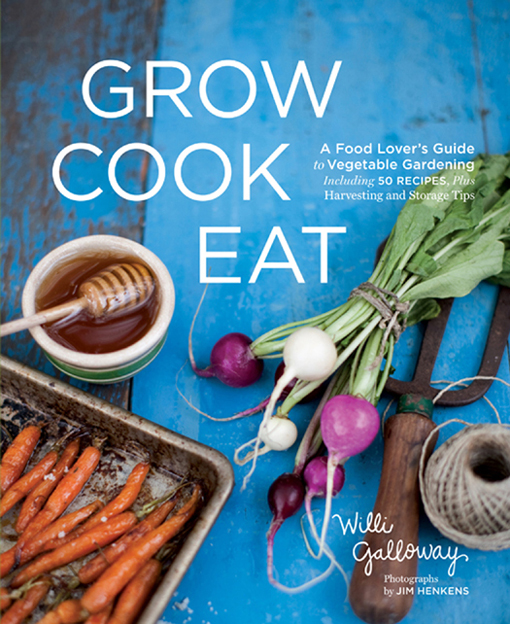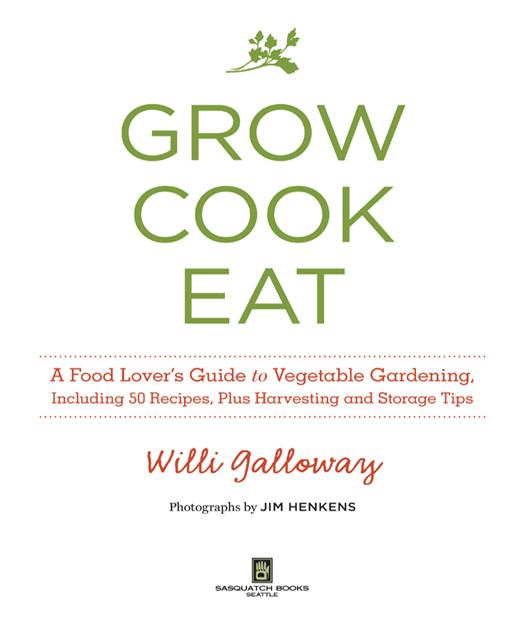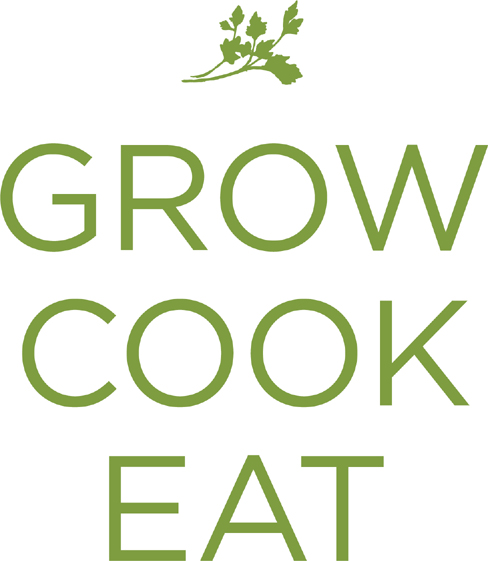
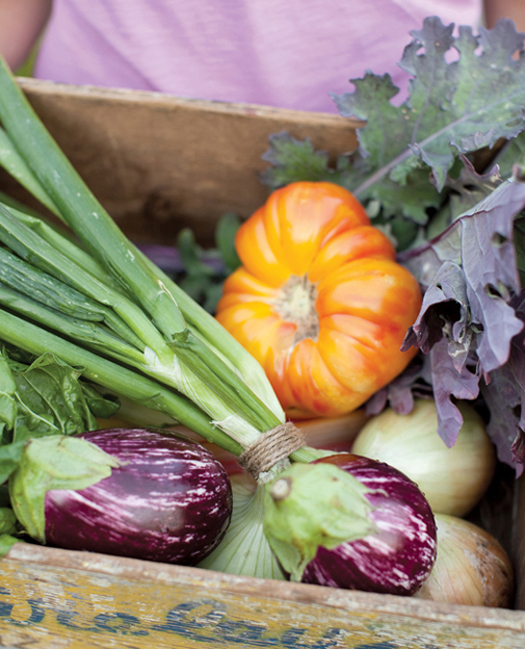
Copyright 2012 by Willi Galloway
Photography copyright 2012 by Jim Henkens
All rights reserved. No portion of this book may be reproduced or utilized in any form, or by any electronic, mechanical, or other means, without the prior written permission of the publisher.
Cover design: Anna Goldstein
Cover photographs: Jim Henkens
Interior design and composition: Anna Goldstein
Interior photographs: Jim Henkens
Library of Congress Cataloging-in-Publication Data
Galloway, Willi.
Grow cook eat : a food lovers guide to vegetable gardening, including 50 recipes, plus harvesting and storage tips / Willi Galloway; photographs by Jim Henkens. 1st ed.
p. cm.
Includes index.
eISBN: 978-1-57061-795-9
1. Kitchen gardens. 2. Vegetable gardening. 3. Herb gardening. 4. Fruit.
5. Cookbooks. I. Title. II. Title: Food lovers guide to vegetable gardening.
SB321.G25 2012
635dc23
2011030900
Sasquatch Books
119 South Main Street, Suite 400
Seattle, WA 98104
(206) 467-4300
www.sasquatchbooks.com
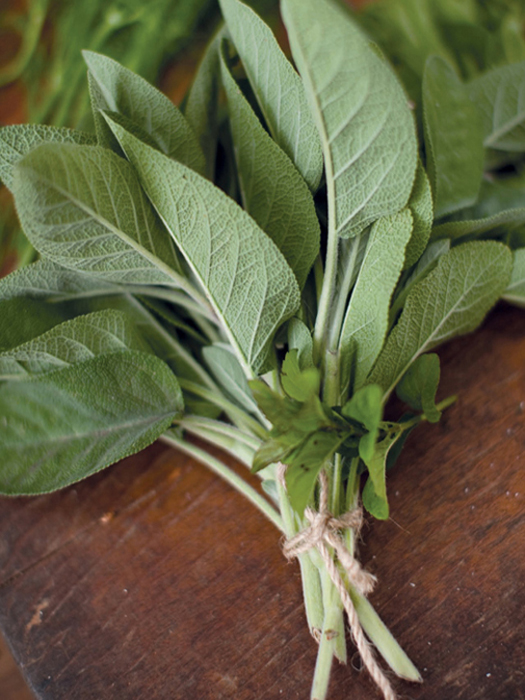
v3.1
For my husband, Jon, with love
Contents
Acknowledgments
First of all, I must thank Jim Henkens for being such an amazing collaborator. I am incredibly grateful that Jim contributed his time and considerable talent to this project. I feel so lucky that my words are partnered with his beautiful photos.
The roots of this book stretch back to my childhood in Wyomingthanks to my mom for letting me eat strawberries in the garden, my dad for reading to me every night before bed, my Grammie for taking me foraging for wild asparagus, my Nona for teaching me to make pesto, Emily for crafting mud pies, and Jordan for being a seriously cool brother.
I started writing and editing at Organic Gardening magazine, and I am so thankful that I had the opportunity to work with amazing people and learn so much about beautiful, organic food at the same time. Im indebted to John Grogan, both for providing me with guidance so many times in my career and for leading me down the path to my awesome agent, Joy Tutela. Joy knew I could write this book when I doubted it and is a tireless advocate for me. I am so happy to have her in my corner.
Thank you to the team at KUOW, especially Steve Scher, Katy Sewall, and Sage Van Wing, for giving me the opportunity to answer gardening questions on Greendays. I consider the people who listen to that program, and those who read my blog, DigginFood, to be my extended gardening community, and their questions and ideas greatly influenced the content of this book. My friends Mari Malcolm, Robin Haglund, Lorene Edwards Forkner, Erin Ryan, Leigh Stewart, and Ivette Soler all gave me great guidance while I was writing.
Special thanks to the Sasquatch Books team, especially to my editor, Susan Roxborough, who asked the question every writer wants to hear: Have you ever thought about writing a book? Rachelle Long and Diane Sepanski are a dream editing team, and I love Anna Goldsteins simple, elegant design.
Some of the photos in this book were made in the beautiful gardens of Octavia Chambliss, Scott Marlow and Jenifer McIntyre, and my neighbor Bob, as well as at Local Roots Farm.
I had a killer recipe-testing team: San San Chow, Mark Warren, Amy Taricco, Kari Keys, Jesse Southworth, Lisa Wilson, and my mom, Becky Evans. Hugs and kisses for my Uncle Ace and Aunt Buffe for opening up their guest bedroom and kitchen to me on countless occasions, and to Maren Hayes, Sana Sakr, Justine DellArringa, John Hurd, Justin Niedermeyer, David Perry, Kenneth Patrick, and Matthew Dillon for sharing their delicious recipes and cooking ideas with me. Katy and Jim Gilmore also kindly let me write for several days in their little cottage, The Buffalo.
Most important, thank you to my husband, Jon, for giving me space and time to write during the whirlwind, cheerfully building every garden project I dream up, and enthusiastically eating all the vegetables I grow, even the weird ones.
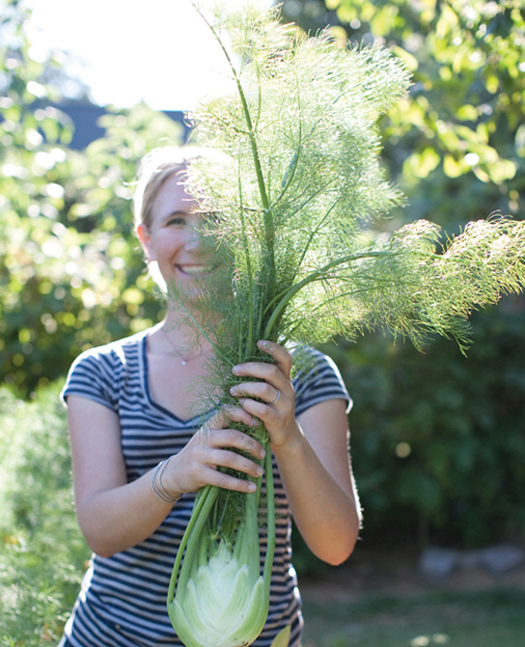
Introduction
Without a kitchen gardenthat plot of land on which one grows herbs, vegetables, and some fruitit is not possible to produce decent and savory food for the dinner table.
ANGELO PELLEGRINI
This book came about because of a radish.
I discovered that radishes made seedpodsand that I could eat thementirely by accident. I simply forgot to harvest a few rows of the spicy little roots. They grew large and woody, their foliage stretching up toward the sky. I thought all was lost, but the radishes had a surprise in store. They rewarded my inattention with delicate pink flowers followed by pods that looked like fat raindrops perched atop slender stems.
The appearance of something so pretty and unexpected gave me pause. On impulse, I snapped off a pod and popped it into my mouth. Crunchy, spicy, nutty, and decidedly radishy, that pod changed my perspective on kitchen gardening. I looked around, suddenly aware of all sorts of roots, leaves, blossoms, and seeds Id never before considered as food, and asked myself a simple question: What else can I eat?
Fava greens, fennel pollen, kale flower buds, green coriander seed, carrot tops, squash flowers, and the tender tips of pea vines are now staples in my kitchen. Ive also given myself license to harvest vegetables during all their myriad stages of growth. I pull garlic shoots in early spring, when they are slight and tender as scallions, and grill them. I rinse baby turnip roots off with the hose and eat them raw right out in the garden. I wait anxiously for my mustard greens to form flower buds because I love the sweet-spicy flavor they add to a stir-fry. Sometimes these delicious extras, as Ive come to think of them, are available at farmers markets. But if you really want to experience the full range of food that edible plants offer, you need to garden. To grow food is to really know food. Not just in the sense of knowing where the vegetables on your plate come from, but how their appearance, flavor, and texture change as they grow.
The vegetables found in grocery stores are invariably sold at the stage that requires the least labor to harvest and the most convenience for packing, shipping, and display. The delicious tops of beets, turnips, and carrots are severed and discarded; strawberries are picked early and then artificially ripened; and tomatoes, though red, are too perfectly round and almost always hard.
Gardening gives you the chance to reacquaint yourself with food you thought you knewlike radishes. I plant their roly-poly seeds in a thick row and dont worry about the spacing, because I know I can thin out and eat their delicious sprouts in a grilled cheese sandwich later. I harvest the roots when they are not much bigger than a marble and again later when they reach the familiar grocery store size. I cook their greens just like spinach, use the flowers as a garnish, and eat the pods as a snack. The whole radish plant is eminently edible and delicioussomething I never would have discovered if I hadnt grown my own.


